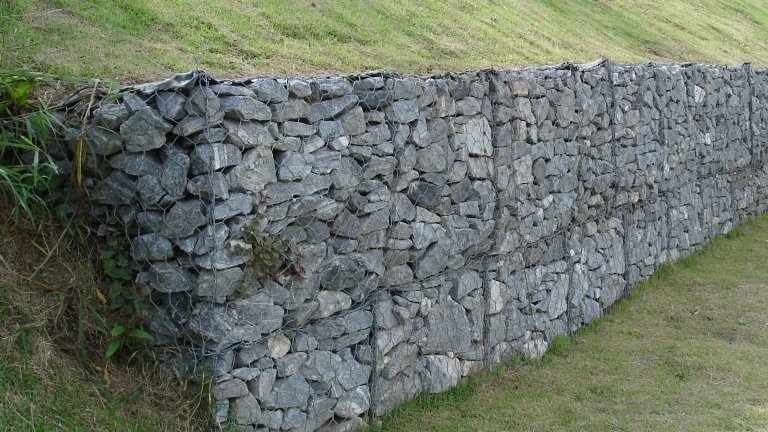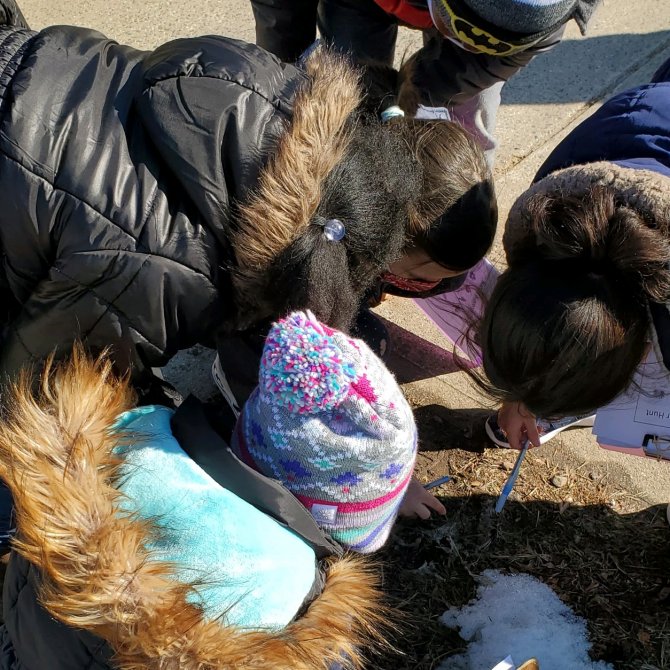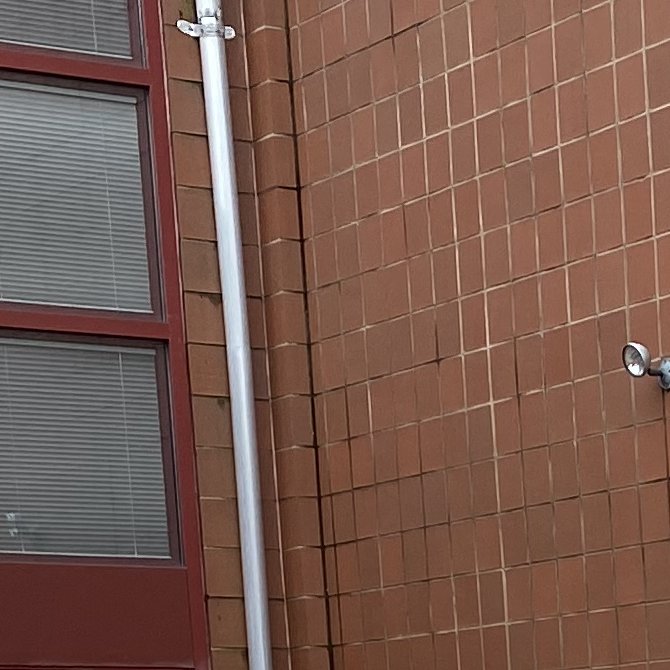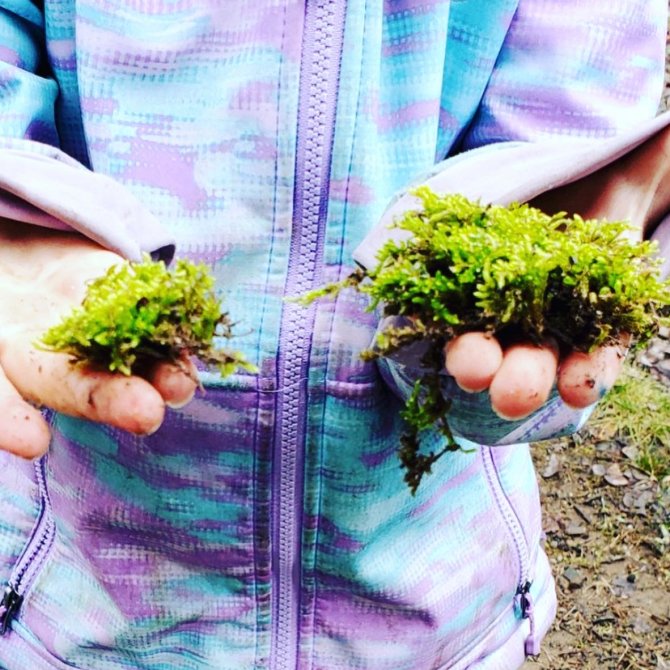
At Edgewood School we have a large garden and schoolyard habitat. However, the soil in our schoolyard keeps eroding away! In this project, we engaged students in improving our schoolyard habitat and in figuring out how to reduce the erosion. Students planted, pruned, mulched, engineered, and even tasted new vegetables!
Environment

At Edgewood School, we have a very large garden and habitat area that our students are able to learn in. The space has grown and become overgrown over the years. Runoff and erosion have damaged some of the key areas of our schoolyard. Students at Edgewood are problem-solvers and are working to improve their learning spaces and fix some of the runoff so plants and grass can grow.
We also have a great relationship with The Friends of Edgewood Park who are a group of community members who revitalize the park areas, bioswales and help with our school grounds. They understand and help to preserve the history of our park area and are connected to our students in various ways. By working to solve issues with our school grounds and working with the Friends of Edgewood, our students have gotten to experience community connections and connections to nature.
Our school’s magnet key concepts are: connections between us and nature, ecosystems, human interaction with the environment and environmental impact on humans. All of our science and engineering units connect to these concepts, so students can connect the dots with their surroundings.
Expectations

We have a magnet curriculum that was collaboratively created by our staff. Each unit, through our key concepts, includes a mixture of outdoor and indoor learning. Each unit also includes essential questions and key understandings that drive instruction through inquiry based learning and projects. There are also performance tasks that are connected where students take their learnings and work to solve a problem within our outdoor learning spaces, or within our community spaces.
This link includes the K-8 unit work for science and STEAM and shows the progression through the grade levels of each unit. As a school we work to make sure our units are equitable for all of our students and that the goals are attainable for all.
A primary goal of our project was to reduce erosion and runoff in our schoolyard habitat area. Some of our connected performance tasks have included:
- Planting strongly rooted native grasses and bushes in our habitat to help contain the soil and runoff.
- Spreading mulch into areas where water pools and drainage is poor.
- The revitalization of our habitat areas where, due to covid, bushes and trees were left unattended and not properly pruned or cut back.
- Planting perennials that will enrich the soil and come back each year.
- We also added a vegetable area so students could taste items that may not otherwise be available to them, items like garlic, herbs, varieties of lettuce, potatoes, tomatoes, chard and onions.
- Designing erosion control infrastructure
Exhibition

The culminating task will be the Gabion Wall for all our school students and our community who work and play on our grounds. The impact will be that we will be able to have grassy areas and control the runoff that is happening on our playground and within our gardens. By using an engineering design and working with a local engineer, students are solving a real world problem that has plagued our Schoolyard for years. Students have applied design, physics and finally will work a construction phase after the winter. The rigor comes from the engineering process and the students having the ability to design and test, then redesign and retest their work. Being outdoors allows them the opportunity to fail and restart their work in an atmosphere that looks for solutions to the bigger problem at hand.
Experience
Sequentially, students looked at the problems and the years of erosion that have happened in our schoolyard. They learned about various approaches to solve the problem over the years and learned about the red tape involved when trying to find solutions. They talked about money issues, budgeting in math class, engineering issues, what had been tried and abandoned by adults previously, and how projects were started and never finished by various well-meaning groups.
Students then were able to work in think tank groups to try and solve the issues or create step by step solutions that were manageable in grade levels. Student Senate spearheaded a lot of the group work in the planning phases. They are also creating the groups that will implement the plans in the spring. Our Friends of Edgewood Park community partners along with the landscape engineer from the Parks & Rec Department in New Haven have worked with the students as well.
One major area of runoff requires a rock structure called a gabion wall. This project is a huge undertaking and still in the planning phase for our upper grade students. At first, students wanted to install a bioswale, but after speaking with landscape engineers, students learned that the undertaking was beyond their doing. So they agreed on the rock wall which will be installed in the spring of 2022. Students studied manuals online for gabion walls and spoke to construction workers from a quarry to see how rocks and heavy materials are moved. Grant funding for rip rap will be used for the building of the wall. This solution was designed by our grade 8 students using an L shape to try and control the run off.
Students in grade 7 worked to secure rain barrels that were installed at our gutter areas in two locations with the help of our community members of our PTO board. The water from these barrels is being used for watering our vegetable garden and our plants in our back outdoor cafe.
Grades 4, 5 and 6 worked with our volunteers from FoodCorps to install an herb garden, move mulching materials and revitalize our school garden areas. Our younger students have been exploring and using the outdoor areas for their units of study. In the spring of 2022, they will be responsible for planting seedlings and to help with the spring clean up.
We have also been very fortunate to have our Common Ground partners helping with our clean ups. They have taken many younger students under their wings to work in helping to revitalize our property gardens.
Additional Resources:
- FoodCorps
- Gabion Wall Image - CC BY-SA 2.5 <https://creativecommons.org/licenses/by-sa/2.5>, via Wikimedia Commons
- STEAM Units
Reflections

This has been a slow process. Students' frustration levels rose when they felt adults from the community trying to take over the project. They truly wanted to do it themselves and to take the lead because they had the understanding that the problems had been too long in the making. Students are excited to make this happen and are working hard to bring the project to fruition. Since this is such a laborious project, I know in the spring it will need the additional help from the adults to make it happen. The student recommendations for keeping the adult teams small is a good instinct on their part. We will keep helping and monitoring to see that their ideas are completed so they can then monitor the outcomes.
